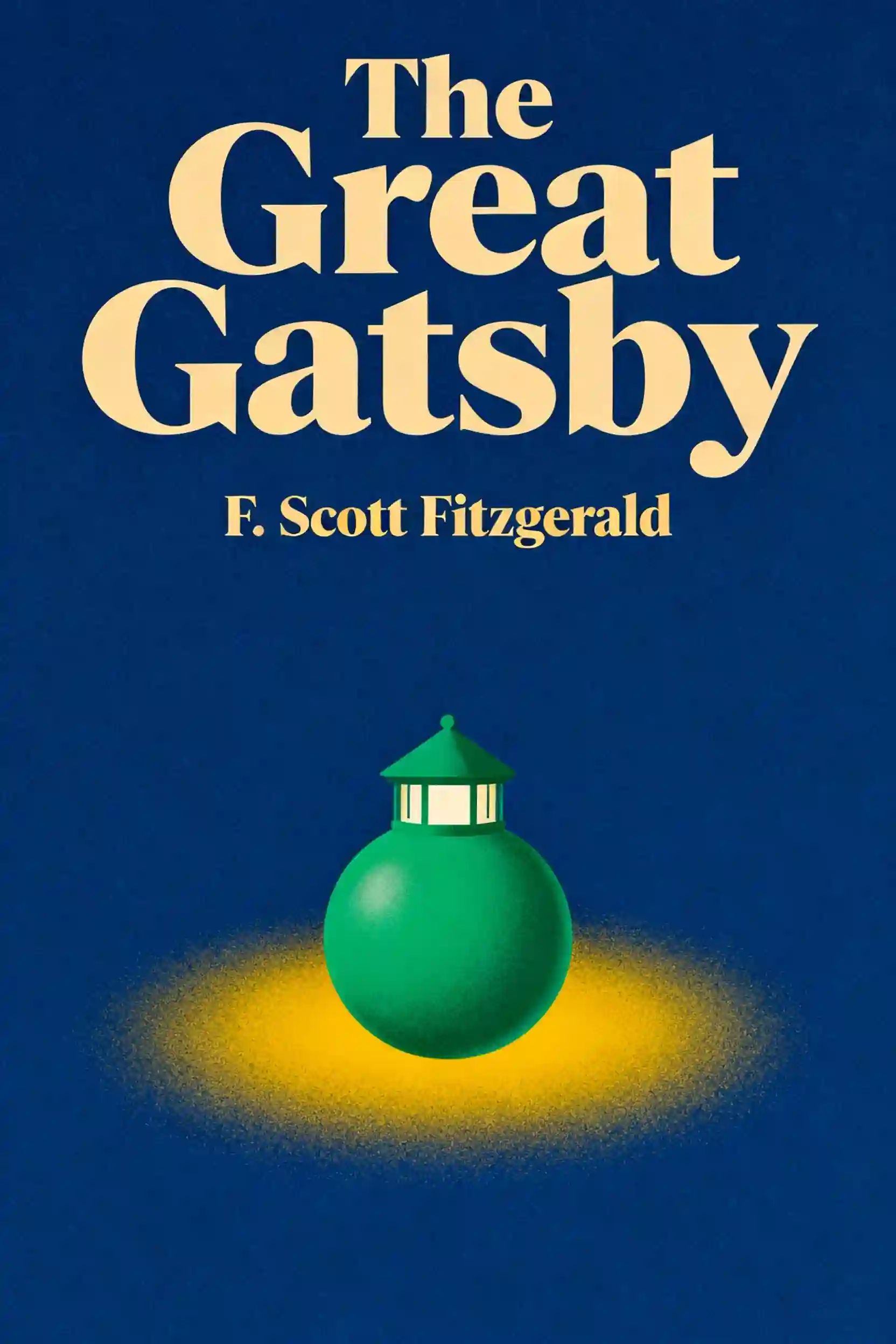The Great Gatsby by F. Scott Fitzgerald

Overview of The Great Gatsby
Fitzgerald's dazzling portrait of 1920s excess initially flopped, selling just 20,000 copies before becoming "The Great American Novel." What tragic irony - the book exploring wealth's corruption entered the public domain in 2021, ensuring immortality its ambitious protagonist never achieved.
About its author - F. Scott Fitzgerald
F. Scott Fitzgerald (1896–1940), author of The Great Gatsby, stands as a defining voice of the Jazz Age and a master of American modernist literature. A novelist and essayist, Fitzgerald’s work explores themes of ambition, love, and the corrosive allure of wealth, drawing from his own experiences among the glittering excesses and disillusionments of 1920s America.
His iconic third novel, The Great Gatsby, blends lyrical prose with incisive social critique, cementing its status as a cornerstone of 20th-century fiction and a penetrating study of the American Dream. Fitzgerald’s other major works, including This Side of Paradise and Tender Is the Night, further chronicle the lives of flawed idealists navigating societal decay and personal turbulence.
A member of the “Lost Generation,” his writing was shaped by his tumultuous marriage to Zelda Sayre, his expatriate years in Europe, and friendships with literary figures like Ernest Hemingway. Though initially overlooked, The Great Gatsby has sold over 30 million copies worldwide, been translated into 42 languages, and inspired numerous film adaptations. It remains a staple of academic curricula and a timeless exploration of aspiration and identity.
Key Takeaways of The Great Gatsby
- The American Dream’s corruption through wealth and class in The Great Gatsby reveals society’s moral decay.
- Obsession with the past destroys Gatsby’s future, proving time’s irreversibility despite wealth and longing.
- Wealth masks emotional emptiness, as seen in Daisy’s luxury and Tom’s restless infidelity.
- Love twisted into obsession leads to tragedy, as Gatsby’s idealism clashes with Daisy’s reality.
- The green light symbolizes unattainable desires, reflecting Gatsby’s futile pursuit of a rewritten past.
- Social stratification in East Egg vs. West Egg underscores America’s unbridgeable class divides.
- Moral carelessness of the wealthy leaves destruction, exemplified by the Buchanans’ abrupt departures.
- Identity reinvention fails when society rejects self-made success, as Gatsby’s origins doom him.
- The valley of ashes represents the American Dream’s collapse into greed and decay.
- Jay Gatsby’s parties expose 1920s excess as a hollow substitute for genuine connection.
- F. Scott Fitzgerald critiques materialism by contrasting Gatsby’s lavish life with lonely death.
- Tom’s hypocrisy highlights how privilege shields the wealthy from consequences of their actions.

























